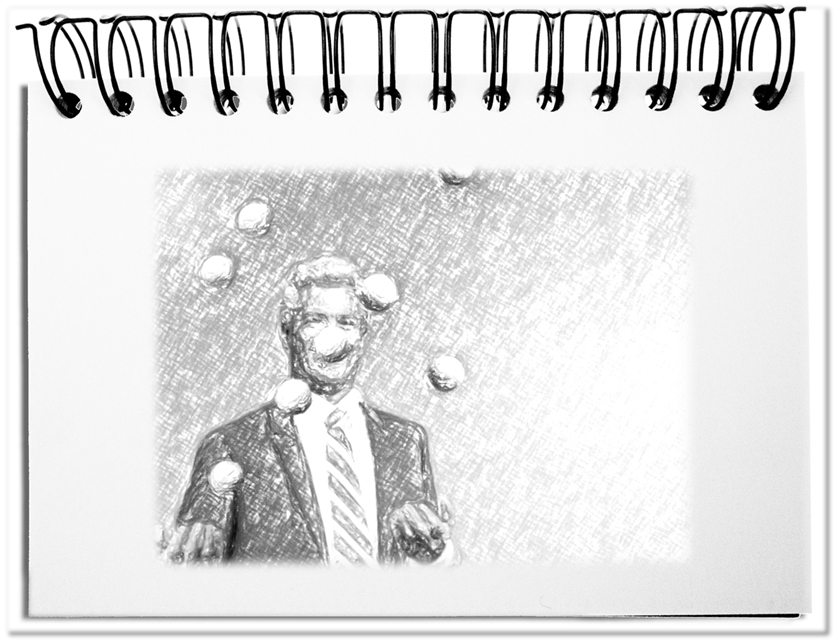In digital times, not many people are aware of how limited bivalent choices are. Even though the analogue reality takes place between the two poles of one and zero. The Western value system shows, how strongly this thinking affects every single pore. They oscillate between good and evil; between right and wrong; between black and white. The fact that the area in between contains an immeasurable number of alternatives does not always seem to be clear. The huge gray area is ignored. There is for a long time a way out of the dilemma of yes and no – by exploring with PO potentials.
Edward de Bono described the concept in detail already in the seventies. And yet, it seems to have slipped past everyday life. For this reason, here are a few possibilities for PO.
- Use the impossible
An alternative, which is to be rejected for good reasons, is far more than what speaks against it. Just as everything always has two sides, there is in every rejection additional potential for further solutions. Instead of using the classic No to suppress further reflection, the application of PO prevents to terminate the thought process prematurely. The associations attached with the negative alternative can be further used. Good examples are Post-its. The question of the meaningfulness of an adhesive which does not adhere would have been prevented removable notes and papers of any size. PO creates the freedom to continue toying with a thought, instead of immediately burying a proposal with a No. The number of solutions that is prevented is infinitely great. PO helps to rephrase the No. - Use the nonsense
A major challenge is dealing with obviously absurd connections. The potential for completely new solutions can be found exactly here. Let us take the current trend of agility in bureaucratic companies as an example. How do you disrupt the inertia of the participants? Take an object that is within your reach. Connect agility with the object! Overcome the incomprehension of the first moment. Do not reject the context a priori! Use PO to step back and look at the two facts with a fresh look. If you have already overcome your resistance, you are already creating unexpected connections. Transfer your insights from the links that you’ve found. Whatever it is, it will make the introduction of agility more likely. PO is the fuel that enables to think the unthinkable. - Further develop feasible
If you found the right thing, the spontaneous joy of the Eureka slows down the further kneading of the thought. And there is always more in something good. The best solution is always connected to further alternatives. The tendency to interrupt the flow of thought is the greatest hurdle for more. This could lead with additional tinkering to further or even completely new solutions. If, for example, the complete juice was pressed out of an orange, one might be tempted to throw away the skin. Although it contains active ingredients that help with respiratory problems, skin problems and an increased cholesterol level. This will enable further use of the already positive effect of the vitamin C. PO increases an already effective result.
Bottom line: PO opens up the world of possibilities. It helps not to give in to the first impulse, and to interrupt the productive flow of thought by not making any further thinking. A negative result is not sufficiently exhausted by rejection, although it provides the basis for further ideas. The accidental linking of completely absurd aspects can lead to entirely new inspirations. Even the positive solution can be multiplied by continuing thinking about it, despite its good results. PO is the missing link in yes-no cultures for an open approach to the endless opportunities that could be discovered. No more $ale of the century. From now on, more often exploring with Po potentials.


